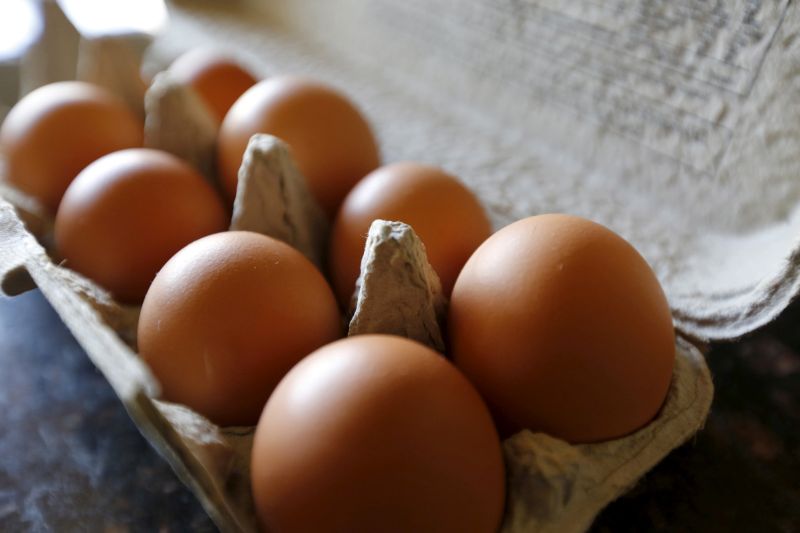KUALA LUMPUR, March 8 — The Federation of Livestock Farmers’ Associations of Malaysia (FLFAM) today gave its assurance that there will be a sufficient and affordable supply of eggs following the easing of market prices for consumers this month.
The federation said producers were making every effort to ensure the availability of affordable fresh eggs to consumers, but added that the price of eggs will always fluctuate as it is dependent on external factors that determine their production.
“The role of poultry layer farms is to produce as many eggs as possible within the constraints of cost inputs to maintain a consistent supply for the market.
“Since eggs come from living organisms (the chicken), their production is constantly affected by natural forces such as disease, weather, farm environments as well as sufficient quality feed,” it said in a statement here.
FLFAM said that the laws of supply and demand determine market prices after production, explaining that they will drop as farms are unable to store their unsold eggs due to their perishable nature and this therefore leads to a lower uptake when there is an oversupply.
Likewise, when there is a significant shortfall in supply, FLFAM said egg prices go up accordingly.
“The standing population of layer chickens is determined at least six months earlier as it takes four months for the newly hatched pullet chicks to grow into a layer hen that lay eggs for the next 60 weeks.
“Hence, if there are any sudden drops in the egg supply due to poultry diseases or deaths, there will be a lapse of six months before egg production resumes to the normal level,” it said.
It pointed out that farms constantly planned for replacement flocks under normal production cycles as each farm must determine their own production programmes based on their perception of what the demand will be in the next six months.
FLFAM also clarified that prices fluctuated strictly based on market supply and demand regardless of cost of production as most of the costs were fixed with the only variables differing between each production farm.
“There is a gradual upward drift over the years as the total cost of production including capital cost and other input costs such as labour, water and electricity have increased with time.
“Producers can only hope that their average selling price for the year is above their average cost of production for that year in order not to incur losses,” it said.



















